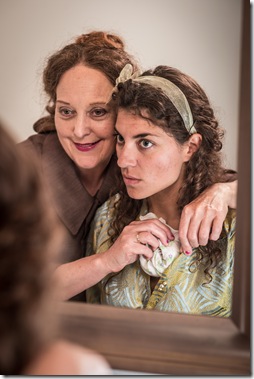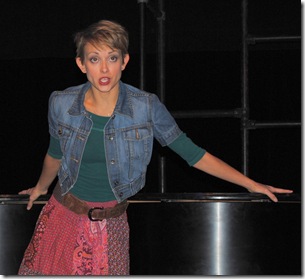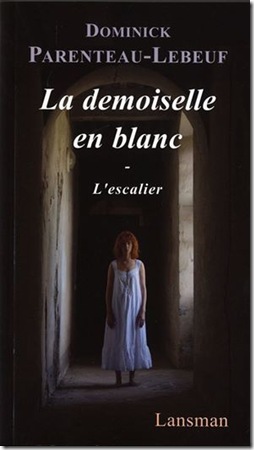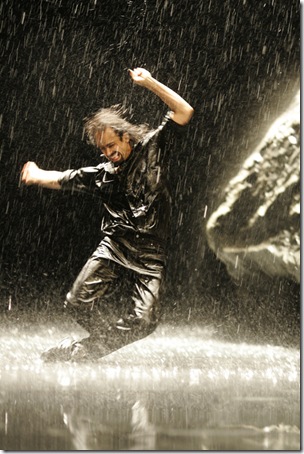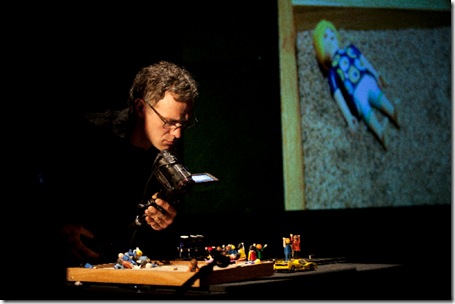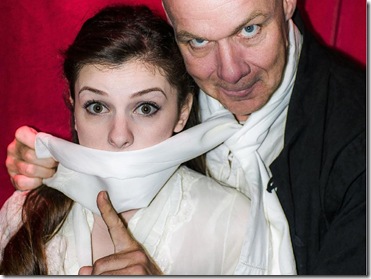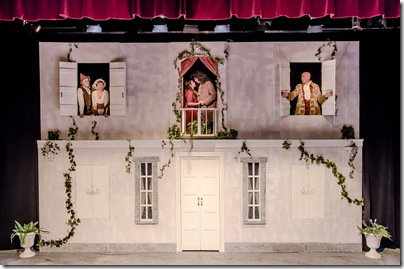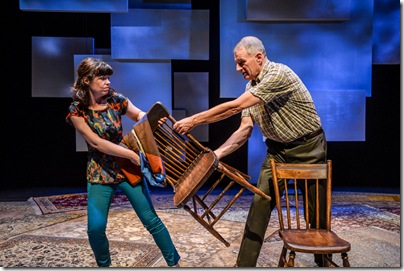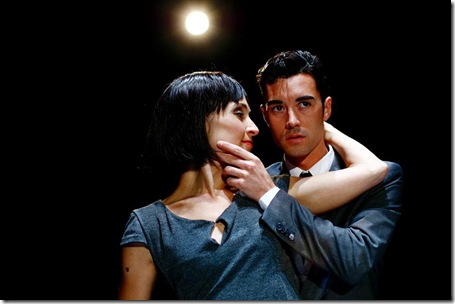The Glass Menagerie: A beautiful performance by Tim Oberholzer as son Tom, the narrator of this memory play.
Rachel Eugster and Sarah W aisvisz. Photo:
This production of The Glass Menagerie , one of Tennessee Williams most important works for the stage, is not a “striking revival” , nor is it “stunning”, “elusive” or even “heart-breaking” but it is certainly surprising. Tim Oberholzer’s performance as Tom the brother/ narrator, and figure closest to Williams own character, was so powerful and so charged with authentic feeling that it shifted the focus away from the women who are at the very heart of this memory play and set it squarely on the near tragic struggle raging within the young narrator. I have never seen such a thing happen with this play and yet it is true. Oberholzer gives Tom a depth that is very unusual.
The production generally had moments that were quite good especially in the second part when the gentleman caller ( Cory Thibert) comes to visit the timid and terrified Laura (Sarah Waisvisz) but there are also many details that kept interfering with the smooth-running of the show. Why was the little table with all the glass figures hidden off to one side where we could barely see the glass figures or that little unicorn that becomes a powerful symbol in the play? Laura is supposed to have hurt her foot so that she normally limps. Here the director has chosen to show us Laura the way her mother sees her, with no limp. That removes a certain degree of pathos that is necessary to make us feel that Laura is someone special. Strange choices by the director.
